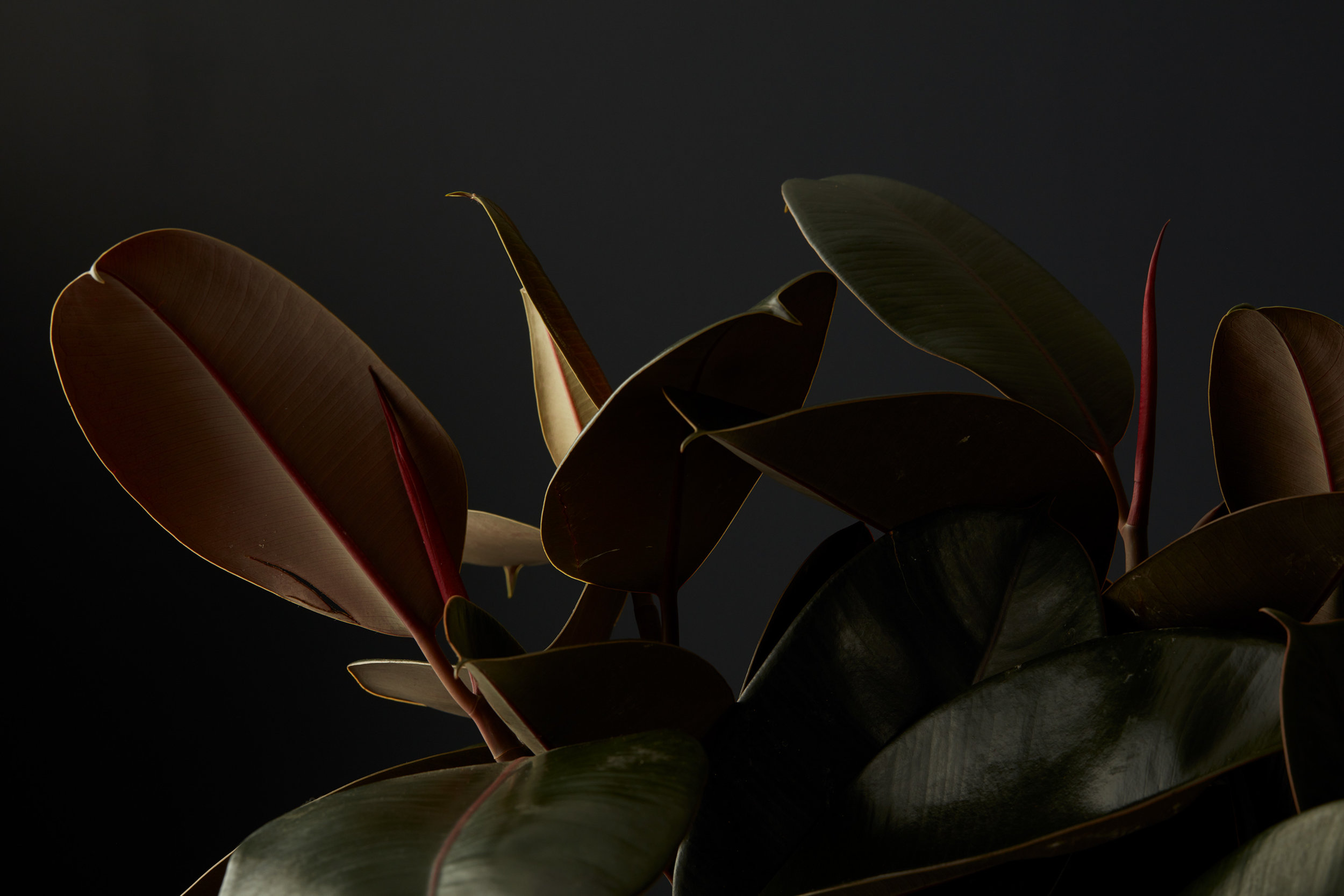
Sojourn to Honduras Sojourn to Healing
Usha Village Healing Center in Honduras, Central America is the setting for the memoir Sojourn to Honduras Sojourn to Healing. Author Beverly Oliver weaves into the story advice and anecdotes from renowned herbalist and nutritionist Dr. Sebi.
“The blue vervain is a plant that digests potassium phosphate. And she grows right here in the village and she’s a pretty plant. If you want your nerves to be treated properly, just think about the blue vervain, the root and the flower.” Dr. Sebi
In conversations with Dr. Sebi about herbs, diet, and disease, Beverly discovers, and includes in this book:
Dr. Sebi’s relentless pursuit of plants that heal, going around the world to find them
Why, in an organic-focused world, Dr. Sebi advocates natural, alkaline, food
Foods that complement the body’s immune system are available and waiting for people to discover them
